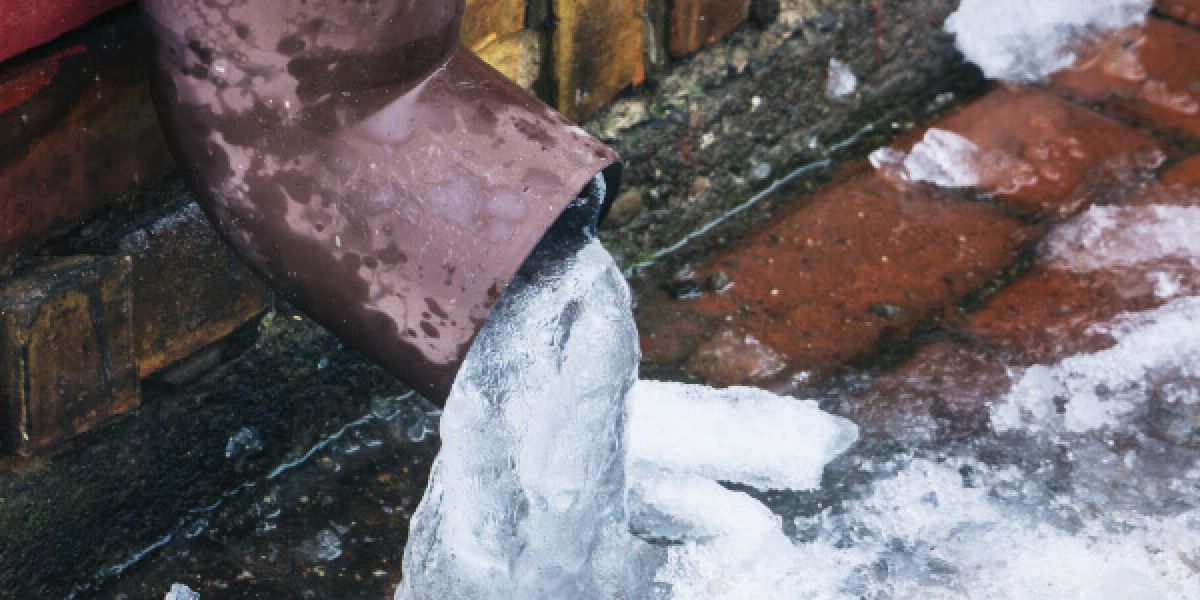Avoiding Frozen Plumbing in Winter: Professional Advice
Avoiding Frozen Plumbing in Winter: Professional Advice
Blog Article
We've stumbled upon this great article pertaining to Winter Plumbing Precautions: Preventing Frozen Pipes below on the web and thought it made sense to talk about it with you over here.

Winter can damage your plumbing, specifically by freezing pipelines. Right here's how to stop it from taking place and what to do if it does.
Introduction
As temperature levels decline, the danger of frozen pipelines boosts, potentially leading to costly fixings and water damage. Understanding just how to stop frozen pipelines is important for homeowners in cold environments.
Prevention Tips
Shielding susceptible pipes
Cover pipes in insulation sleeves or make use of warm tape to protect them from freezing temperature levels. Concentrate on pipes in unheated or exterior areas of the home.
Heating methods
Keep interior rooms adequately warmed, specifically locations with plumbing. Open up cupboard doors to allow cozy air to circulate around pipes under sinks.
How to identify icy pipelines
Look for decreased water circulation from faucets, unusual smells or noises from pipelines, and visible frost on subjected pipelines.
Long-Term Solutions
Structural changes
Think about rerouting pipelines away from outside walls or unheated locations. Add added insulation to attics, basements, and crawl spaces.
Upgrading insulation
Purchase high-quality insulation for pipes, attic rooms, and wall surfaces. Correct insulation assists preserve constant temperature levels and minimizes the risk of icy pipelines.
Securing Exterior Pipes
Garden hoses and exterior faucets
Detach and drain pipes garden hose pipes prior to winter months. Install frost-proof faucets or cover outdoor taps with insulated caps.
Recognizing Frozen Pipes
What causes pipes to freeze?
Pipes freeze when exposed to temperature levels below 32 ° F (0 ° C) for extended periods. As water inside the pipes freezes, it increases, taxing the pipeline wall surfaces and potentially triggering them to burst.
Risks and damages
Frozen pipelines can result in water system disruptions, residential property damages, and pricey repair work. Ruptured pipelines can flooding homes and trigger extensive architectural damages.
Indicators of Frozen Piping
Identifying icy pipelines early can stop them from rupturing.
What to Do If Your Pipelines Freeze
Immediate actions to take
If you believe frozen pipes, keep taps available to ease stress as the ice melts. Utilize a hairdryer or towels taken in warm water to thaw pipelines gradually.
Conclusion
Stopping frozen pipelines calls for aggressive measures and fast responses. By comprehending the causes, indicators, and preventive measures, home owners can safeguard their pipes during cold weather.
6 Proven Ways to Prevent Frozen Pipes and Protect Your Home
Disconnect and Drain Garden Hoses
Before winter arrives, start by disconnecting your garden hoses and draining any remaining water. Close the shut-off valves that supply outdoor hose bibs and leave the outdoor faucet open to allow any residual water to drain. For extra protection, consider using faucet covers throughout the colder months. It’s also important to drain water from any sprinkler supply lines following the manufacturer’s directions.
Insulate Exposed Pipes
Insulating your pipes is an effective way to prevent freezing. Pipe insulation is readily available at home improvement stores and is relatively inexpensive. Pay close attention to pipes in unheated areas such as the attic, basement, crawl spaces, or garage. Apply foam insulation generously to create a buffer against the cold. You can also wrap your pipes in heat tape or thermostat-controlled heat cables for added warmth.
Seal Air Leaks
Inspect your home for any cracks or openings that could let in cold air. Seal any holes around the piping in interior or exterior walls, as well as the sill plates where your home rests on its foundation. Additionally, make sure to keep your garage door closed unless you’re entering or exiting. Leaving it open creates a significant air leak that can lead to frozen pipes.
Allow Warm Air Circulation
During cold snaps, it’s essential to allow warm air to circulate evenly throughout your home. Leave interior doors ajar to promote better airflow. Open kitchen and bathroom cabinets to help distribute heat consistently around the rooms. If you have small children or pets, be sure to remove any household chemicals or potentially harmful cleaners from open cabinets for safety.
Let Faucets Drip
A small trickle of water can make a big difference in preventing ice formation inside your pipes. When temperatures drop significantly, start a drip of water from all faucets served by exposed pipes. This continuous flow helps prevent the water from freezing. Additionally, running a few faucets slightly can relieve pressure inside the pipes, reducing the chances of a rupture if the water inside does freeze.
https://choateshvac.com/6-proven-ways-to-prevent-frozen-pipes-and-protect-your-home/

We are very taken with How to prepare your home plumbing for winter weather and I'm hoping you enjoyed the entire piece. Do you know somebody else who is in the market for Winter Plumbing Precautions: Preventing Frozen Pipes? Be sure promote it. I appreciate reading our article about How To Avoid Freezing Pipes.
Call Today Report this page